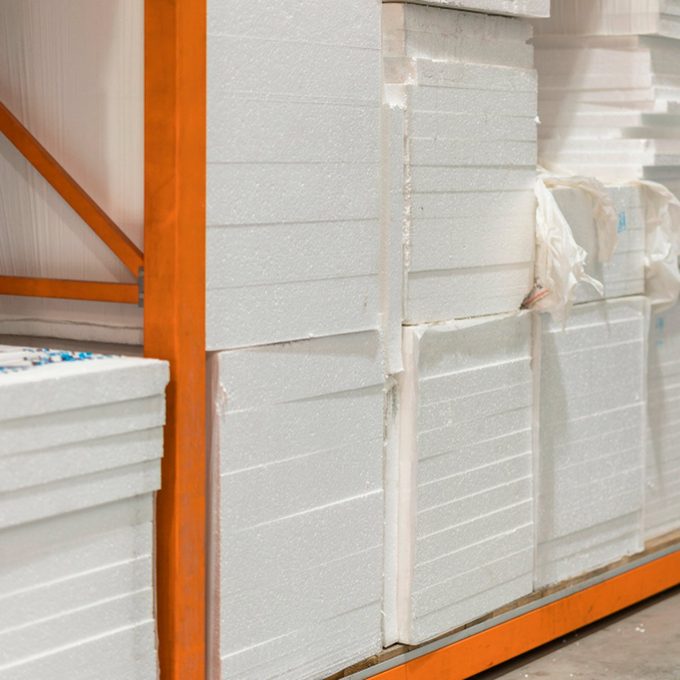What You Need to Know About Foam Board Insulation
Foam board insulation is easy to use and is a great DIY way to add some insulation. It comes in standard-size 4×8 sheets, and smaller sizes, in many different thicknesses from 1/4 inch to 2 inches. Some types of thicker foam board insulation are available, but they may need to be special ordered.
 Petrychenko Anton/Shutterstock
Petrychenko Anton/Shutterstock
Foam board insulation is easy to use and is a great DIY way to add some insulation. It comes in standard-size 4×8 sheets, and smaller sizes, in many different thicknesses from 1/4 inch to 2 inches. Some types of thicker foam board insulation are available, but they may need to be special ordered.
What is foam board insulation?
Foam board insulation is a great alternative to the very common fiberglass batt insulation that is in most of our homes. It has a higher R-Value per inch of thickness, it’s resistant to moisture and is easy to work with.
There are a few different kinds of foam board insulation DIYers should know about:
- Expanded Polystyrene (EPS). This is the same stuff your disposable coffee cup and is made out of and it’s used to protect fragile items in their packaging. It provides an R-value of 4 per inch of thickness and is the cheapest type of foam board insulation. EPS is used under roofing, over foundation walls and beneath siding.
- Extruded Polystyrene. This foam board insulation is the rigid pink or blue panels that can be found at home centers in many different thicknesses. It is denser than EPS and provides more R-Value with a rating of 5 per inch of thickness. This foam board insulation is available with straight or tongue-and-groove edges to help limit air movement. It is available in all different size configurations to accommodate lots of different applications. One common use of extruded polystyrene foam board is for foundation insulation panels.
- Polyiso (Polyisocyanurate). This is an even more dense and more expensive foam board insulation. It provides an R-value of 6 per inch of thickness and often comes foil-faced to help reflect radiant heat. Polyiso comes in several thicknesses and is used over house sheathing underneath siding or in attic spaces where its reflective properties are very effective.
When to use foam board insulation?
Because of its resistance to moisture, foam board insulation is a great choice whenever and wherever there is a chance it could get wet, such as: an exterior foundation, inside a basement against the foundation, and on the outside of a house beneath a house wrap. Foam board insulation is more expensive than traditional batt insulation, so use it only when moisture is a factor and it makes sense with your budget.
How to use foam board insulation?
Foam board insulation is easy to cut with a circular saw with a masonry blade or scored with a utility knife and snapped like you would drywall. To attach the insulation, you can use screws with large washers, a special adhesive made for adhering foam board insulation or, for smaller pieces, you can seal them in with caulk or spray foam.
Popular Videos















![Toni Kroos là ai? [ sự thật về tiểu sử đầy đủ Toni Kroos ]](https://evbn.org/wp-content/uploads/New-Project-6635-1671934592.jpg)


